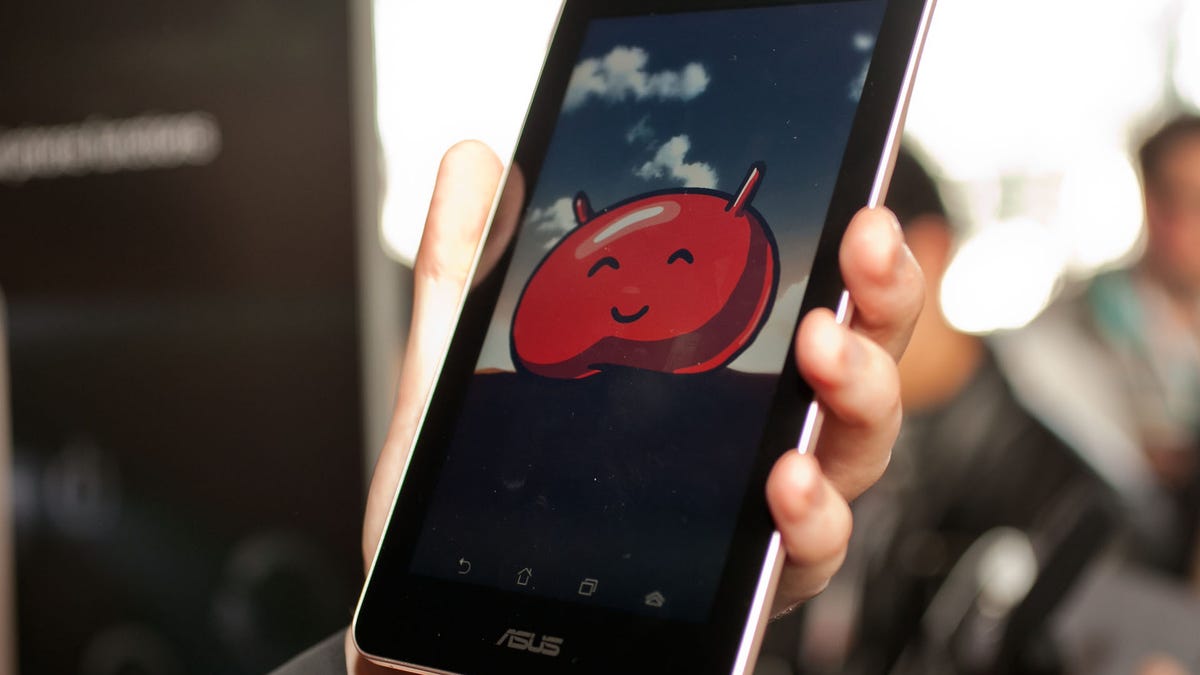Asus explains why smartphones are more expensive than the $249 FonePad
Asus' new tablet has the ability to make calls, meaning it's essentially a big, cheap smartphone. So why are high-end mobiles so much more expensive? We ask Asus for answers.

BARCELONA, Spain--Asus has taken the wrapper off its new FonePad device, a 7-inch Android tablet that contains all the necessary tech to make phone calls. It also costs a mere $249, or £179. If Asus can sell what is basically a giant phone at half the cost of a high-end smartphone, why are smartphones so expensive in the first place?
I put the question to Asus, and while I didn't get a single, clear answer, I was given some clues.
"[With] small devices," Asus' regional director Jonahan Santaub said, "Often there's more engineering, development, and testing required to shrink down the components without affecting the heating, for example, and still offering the best performance. I think the development and tooling costs are slightly higher."
"With phones there's a race to have the best and smartest and the maximum feature set you can get for the best customer experience," Santaub continues. "So we're now seeing 1.7GHz CPUs, we're seeing 2GB of RAM, [and we're] pushing the boundaries in terms of camera capabilities. All of that needs speed, needs power, needs battery management."
Asus has also revealed a high-end smartphone, the PadFone Infinity, which docks with a tablet accessory and costs nearly 1,000 euros. To the untrained eye there's not much difference between the Infinity and the FonePad -- they're both speedy Android-powered rectangles with touch screens, after all. So why the vast difference in price?
"There's a big push in phones to get the best of the best, which is what we've got in PadFone Infinity," Santaub says. "It's about best ID, best feature spec, the latest and greatest of every component, so basically it's a tick in every single box."
"Whereas in [the FonePad] we've done with Intel, it's Atom based, so you get an element of trade-of in terms of: 'this isn't as fast as the new Qualcomm 600 series,' but this has been built to deliver an optimal experience at an affordable price."
"The difference," Santaub says, "is in the bill of materials."
Whatever the reason, cheaper tablets are a revelation for the tech world. Asus played a part in the great tablet price crunch, having built the Nexus 7 for Google, which sold it for $199, or £159.
At Mobile World Congress 2013 it seems manufacturers have had no choice but to follow suit, and I've seen a slew of 7-inch tablets with near-identical prices.
What do you think of cheap tablets? Are you impressed by the FonePad? And will we see a similar price-crash with smartphones now that the dirt-cheap Nexus 4 is on sale? Let me know your thoughts in the comments below.

